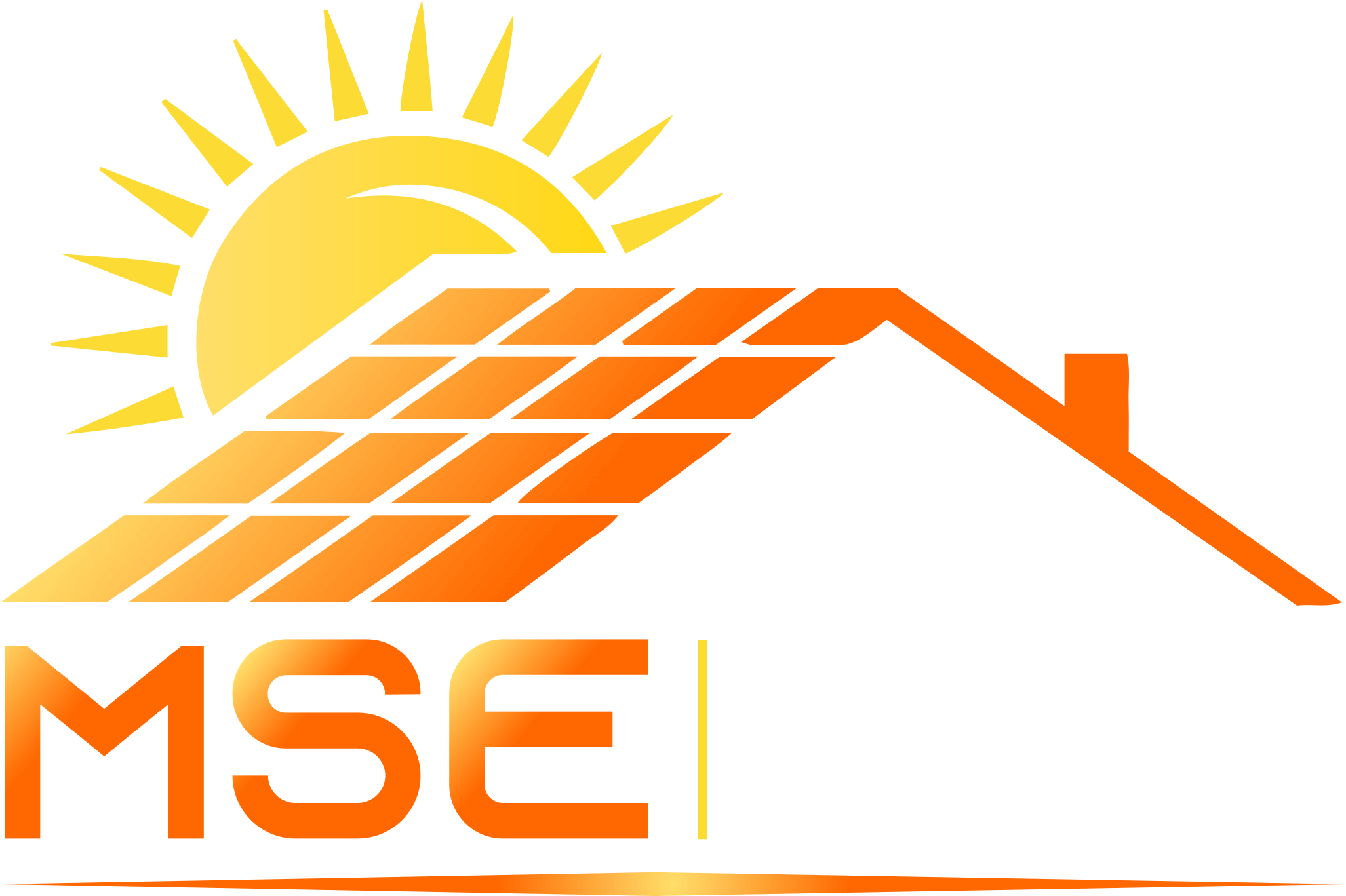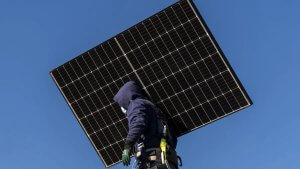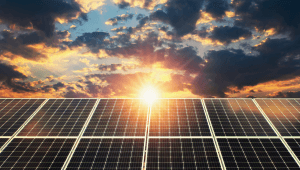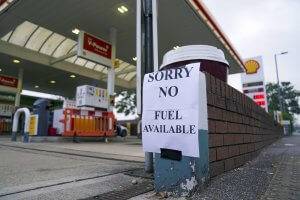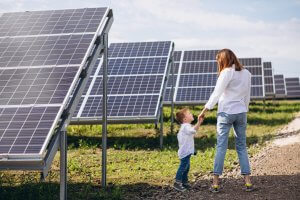
If you’re looking for ways to reduce your energy bills, harness the power of the sun and create a cleaner, more efficient grid – then rooftop solar is the answer! In this blog post, we’ll explore how rooftop solar can help you save money while creating a greener future.
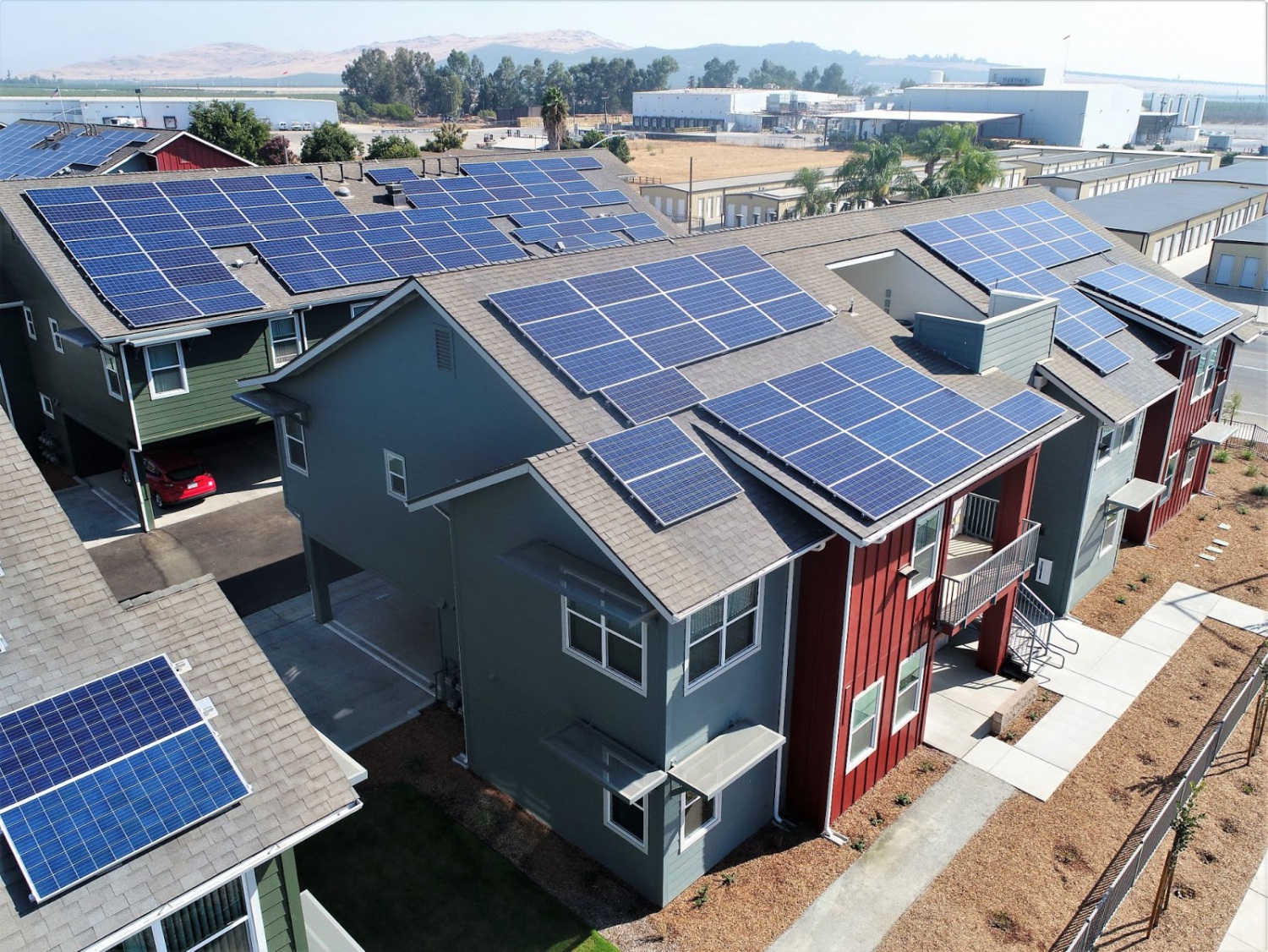
🔍 Benefits of Rooftop Solar
Benefits of Rooftop Solar – Rooftop solar can provide a number of advantages in terms of cost, reliability and modern infrastructure. According to a Berkeley lab study, the use of leasing and other third-party options has helped to expand access to rooftop solar, with typical owners paying only 20 percent less in fixed grid costs and costing the utility an estimated $187 per interconnection. West-facing solar panels are also more valuable to the grid than south-facing panels due to the fact that customers with rooftop solar depend on the grid when their systems are not generating electricity. The study results also present that the financial efficiency of rooftop grid-tied power projects with and without storage is viable, with a benefit-cost ratio (B–C) that is higher than 1.0. Moreover, a 2019 report by the National Renewable Energy Laboratory found that greater use of rooftop solar panels can help avoid new transmission lines, allowing Americans to get off the grid and stay powered with clean electricity generated during the afternoon hours.
Long-term Study Shows Gradual Benefits of Rooftop Solar
A long-term study conducted by the National Renewable Energy Lab has found that gradual progress is being made in expanding who is able to benefit from rooftop solar. The study found that distributed solar can help avoid significant infrastructure investments, take pressure off the state’s oil and gas, and create a leaner, cleaner grid. This research suggests that solar homes can save the state’s electricity customers money by virtue of having reduced utility infrastructure costs. Additionally, the cost of solar PV power plants has decreased 80% since 2008, making solar PV much more competitive and accessible. Solar energy is sustainable, renewable, and plentiful, so it is an attractive source of energy for households and businesses. Solar panels paired with batteries can enable households to stay powered with clean electricity generated during the afternoon. With residents and businesses with solar panels generally having smaller energy bills, they contribute less to a utility company’s fixed costs. Rooftop solar is a great way to make progress towards clean energy goals while reducing payments to homes and businesses going solar.

National Renewable Energy Lab Report Findings- Rooftop Solar
The National Renewable Energy Laboratory (NREL) has conducted extensive analysis and modeling to determine the potential of rooftop PV and the impact it may have on the grid. Their 2019 report found that greater use of rooftop solar could help avoid new transmission lines and that 1,118 gigawatts (GW) of installed capacity and 1,432 terawatt-hours (TWh) of annual energy generation could be achieved nationally. Furthermore, their Solar Futures Study outlined the potential for decarbonizing the grid and the 2040 Clean Energy Scenarios—Sensitivities and Challenges Study highlighted sensitivities and challenges associated with rooftop solar, demand-side management, and other technologies. NREL’s research is essential to understanding how we can create a leaner, cleaner grid in the future.
Making a Clean Grid More Affordable
Making a Clean Grid More Affordable – With the high cost of building new transmission lines, distributed energy resources such as rooftop solar can help reduce costs and make a clean grid more affordable. A 2019 report by the National Renewable Energy Laboratory found that greater use of rooftop solar panels can help avoid new transmission lines. Furthermore, EEI noted that home solar could allow Americans to get off the grid, putting their member companies in a better position to provide reliable and affordable energy services. Thanks to solar-friendly policies, Californians could save up to $120 billion over the next two decades. This feature will make solar affordable for homeowners who don’t owe A cleaner electricity grid that makes it possible to decarbonize other sectors of the economy and achieve clean energy goals.
Rooftop Solar vs. Big Power Plants
While distributed energy is not an alternative to big power plants, rooftop solar can still be beneficial in achieving clean energy goals. In fact, a long-term study shows gradual benefits of solar power, and a 2019 report by the National Renewable Energy Laboratory found that greater use of rooftop solar panels can help avoid new transmission lines. Rooftop solar and home batteries make a clean grid vastly more affordable, and utility-scale solar projects provide a way for homes and businesses that may not have solar rooftop access to make use of solar energy. Ultimately, these solutions create a leaner, cleaner grid that is more cost-effective for homes and businesses going solar, providing a great opportunity to meet the state’s zero-carbon electricity goals by 2045.
Hard Hats on the Roof: The Practical Side of Solar
Hard Hats on the Roof: The Practical Side of Solar is an important element of any successful rooftop solar panel installation project. The key to ensuring the safety of all workers is having a clearly constructed plan with measures in place to manage safety hazards. These can include roof types and fall protection requirements, as well as training for new staff members. Solar installation supervisors have a responsibility to ensure that all safety measures are in place and that they are adhered to throughout the installation process. Additionally, understanding the various array mounting methods is essential in creating a system that is both safe and efficient. By following these guidelines, rooftop solar panel installations can be completed safely, and with maximum value for customers.
The Utility’s Point For Rooftop Solar
The Utility’s Point is that if solar rooftop arrays become more prevalent, the U.S. grid could be put under strain. That’s why it makes sense to invest in utility-scale wind and solar farms to meet clean energy goals, as well as expanding the grid to tap remote but rich wind and solar resources. This would make renewable energy more accessible and ensure that the cost of running the grid is covered. Additionally, DERs such as rooftop solar arrays can reduce the demand for utility-scale energy for 80 percent of coal and natural gas usage.
Achieving Clean Energy Goals
Achieving Clean Energy Goals is well within reach thanks to rooftop solar. Majorities of Americans have voiced their support for the nation’s clean energy goals, decarbonizing the U.S. electricity grid by 2035 and shifting the nation onto an irreversible path to a 100% clean-energy economy, reaching net-zero emissions by 2050. California is on the right track, too—a 2019 report by the National Renewable Energy Laboratory found that greater use of rooftop solar panels can help avoid new transmission lines and 85 percent clean electricity in 2030 is achievable with a reliable power system. In addition, reducing payments to homes and businesses going solar will help make clean energy more affordable for everyone. With support from hard hats on the roof, rooftop solar is creating a leaner and cleaner grid.
Impact on the Grid
The impact of solar on the grid is a key consideration when it comes to achieving clean energy goals. Grid expansion to tap remote but rich wind and solar resources is the fastest and most cost-effective way to get clean energy onto the grid. In addition, rooftop solar can make a clean grid vastly more affordable by addressing the most expensive parts of the grid. Solar homes can contribute more than 100% of the capacity value for every megawatt they produce, while also unlocking potential savings on transmission and distribution investments. Furthermore, solar and wind power have been steadily increasing in recent years, providing more clean energy options for consumers and utilities. Despite these benefits, there are still some regulatory issues that need to be addressed in order to ensure a fair balance between utilities, customers, and solar providers.
Reducing Payments to Homes and Businesses Going Solar
The CPUC’s proposed rule changes would reduce payments to homeowners and businesses who go solar, but the long-term benefits of rooftop solar are still clear. Even with the reduced payments, the average solar owner can still expect to pay 20 percent less in fixed grid costs than if they had stayed connected to the grid. This means that the cost of transitioning to a cleaner, more reliable energy system is becoming more affordable for everyone. With hundreds of millions of dollars being allocated to low-income households, we’re on our way to achieving our clean energy goals and creating a leaner, cleaner grid.
Learn More about The Advantages Of solar Energy
Majeski Solar Energy
Leave a Replay
About Majeski
Majeski Solar Is a Solar Installer company, and Top Tier Solar Installer in Washington D.C. , Virginia, and Maryland.
